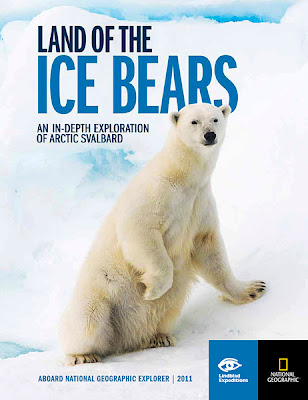 |
| Green Waves and Spruce Trees, Northwest Territories |
Auroras are unpredictable creatures. They can be brash and lively,
shimmering and ethereal, or they be gentle and graceful. The latter
is what we had last night. We had clear skies, happily, and despite
the -25 C. temps. there was little wind, so it was vastly more
comfortable being outside than the night before.
shimmering and ethereal, or they be gentle and graceful. The latter
is what we had last night. We had clear skies, happily, and despite
the -25 C. temps. there was little wind, so it was vastly more
comfortable being outside than the night before.
The lights began about 9 pm, and seemed to come in waves –
half an hour of activity and then fading away, repeating all night
long. It was not a dazzling display, but a lovely green wave that
morphed in unpredictable ways. The hint of red was not visible to
the eye, but camera found it just on the fringes of the wave.
half an hour of activity and then fading away, repeating all night
long. It was not a dazzling display, but a lovely green wave that
morphed in unpredictable ways. The hint of red was not visible to
the eye, but camera found it just on the fringes of the wave.
I was shooting 30 second exposures, which is longer than I
like since this allows even crisp shapes to blur into a smear. But
these lights were pale : brighter aurora allow much shorter
exposures and sharper detail. That’s still what we’re hoping for!
like since this allows even crisp shapes to blur into a smear. But
these lights were pale : brighter aurora allow much shorter
exposures and sharper detail. That’s still what we’re hoping for!
Sunny again today, so we’re hopeful for tonight. The aurora
forecast is for quiet activity again tonight, but suggesting more
action on Tuesday night. We just have to hope this glorious
weather holds – I can’t tell you how many times great
forecast is for quiet activity again tonight, but suggesting more
action on Tuesday night. We just have to hope this glorious
weather holds – I can’t tell you how many times great
aurora happens above a solid deck of clouds, maddeningly
invisible to those of us trapped on the ground.
invisible to those of us trapped on the ground.
Nikon D3, 24-70mm lens ISO 1000 at 2.8




